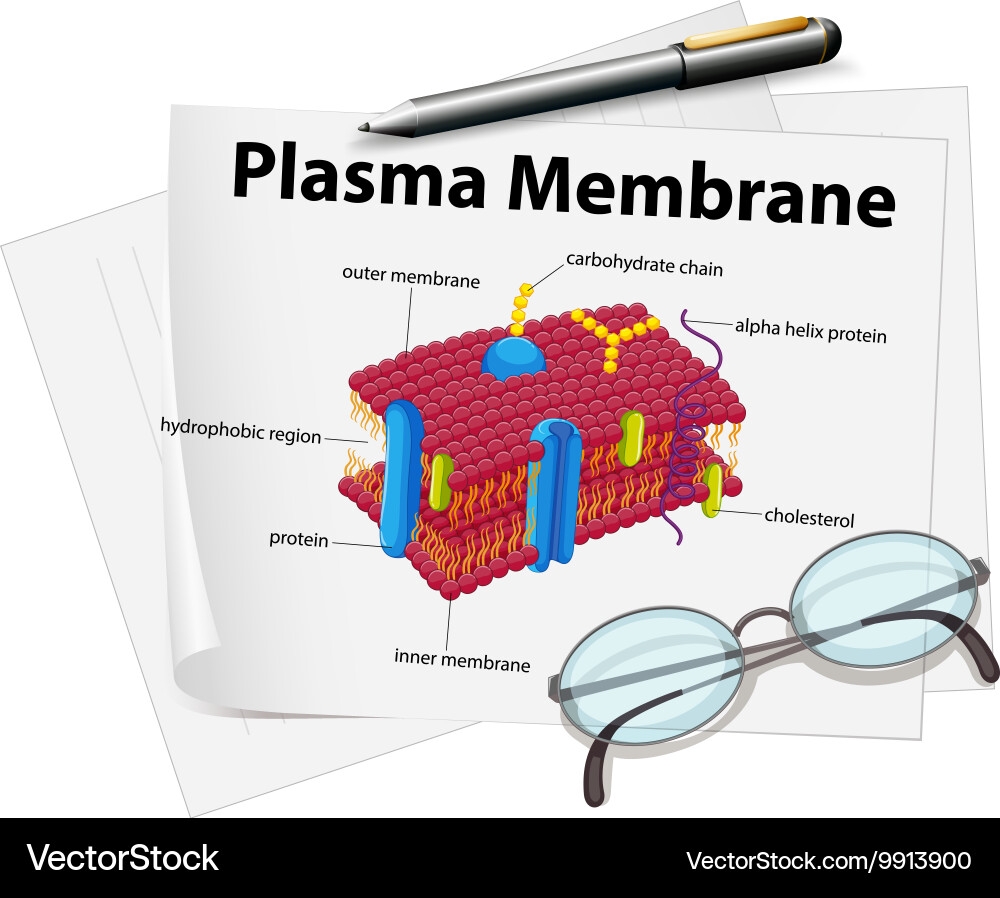The plasma membrane, also known as the cell membrane, is a crucial component of all living cells. It serves as a protective barrier that surrounds the cell and regulates the passage of substances in and out of the cell. Understanding the structure of the plasma membrane is essential in grasping its functions in maintaining cell homeostasis.
One way to comprehend the structure of the plasma membrane is through drawing. By visually representing the components of the plasma membrane, such as phospholipid bilayer, proteins, and cholesterol, one can better understand how the membrane functions and interacts with its environment.
Plasma Membrane Drawing
When drawing the plasma membrane, it is important to depict the phospholipid bilayer, which is the basic structure of the membrane. The phospholipid molecules are arranged in a double layer, with the hydrophilic heads facing outward and the hydrophobic tails facing inward. This arrangement creates a barrier that controls the movement of substances into and out of the cell.
In addition to the phospholipid bilayer, proteins are also integral components of the plasma membrane. These proteins can be depicted in the drawing as integral or peripheral proteins, depending on their position within the membrane. Integral proteins span the entire membrane, while peripheral proteins are attached to the surface of the membrane.
Cholesterol molecules are another important component of the plasma membrane that can be included in the drawing. Cholesterol helps maintain the fluidity and stability of the membrane, making it less permeable to certain substances. By including cholesterol in the drawing, one can illustrate its role in membrane structure and function.
Finally, the drawing of the plasma membrane can also show other components such as glycoproteins, glycolipids, and transport proteins. These components play crucial roles in cell recognition, cell signaling, and the transport of molecules across the membrane. By including these elements in the drawing, one can create a comprehensive representation of the plasma membrane.
In conclusion, drawing the plasma membrane is a helpful tool in understanding its structure and function. By visually representing the phospholipid bilayer, proteins, cholesterol, and other components, one can gain insight into how the membrane maintains cell integrity and regulates cellular processes. Through accurate and detailed drawings, students and researchers can deepen their understanding of the plasma membrane and its importance in cell biology.
